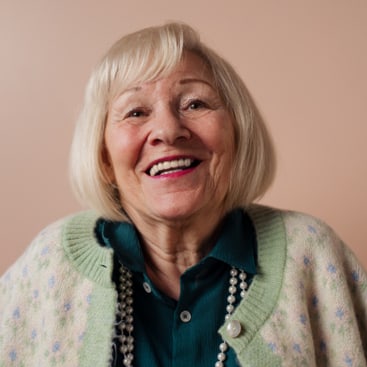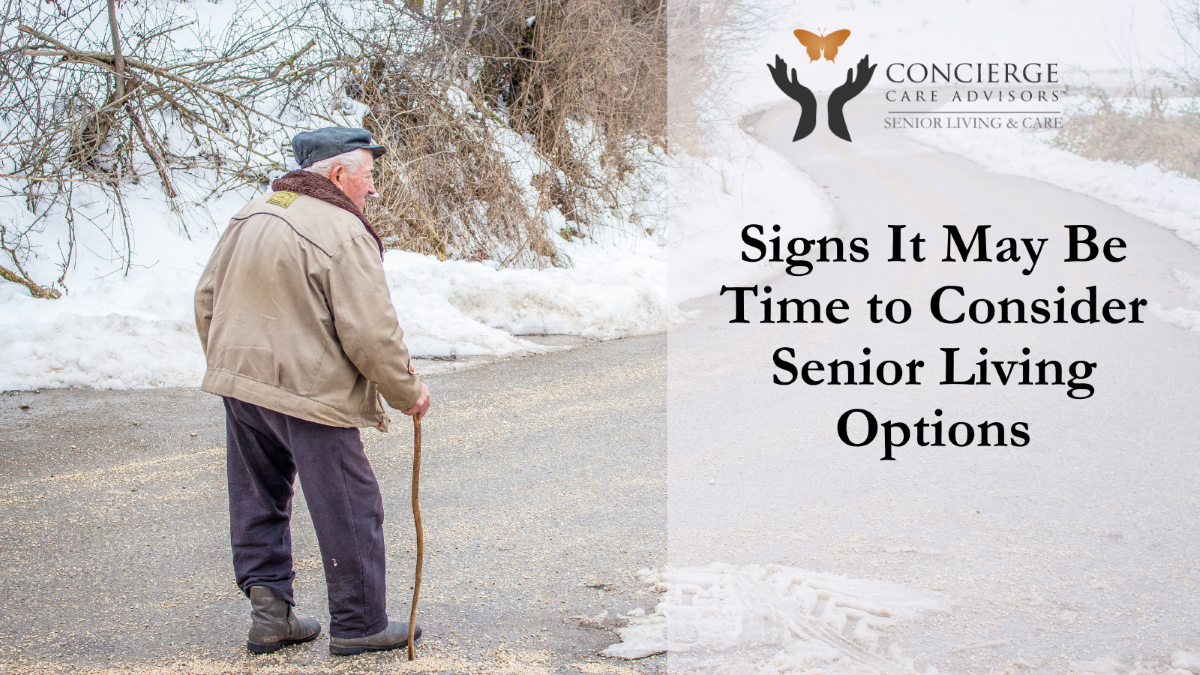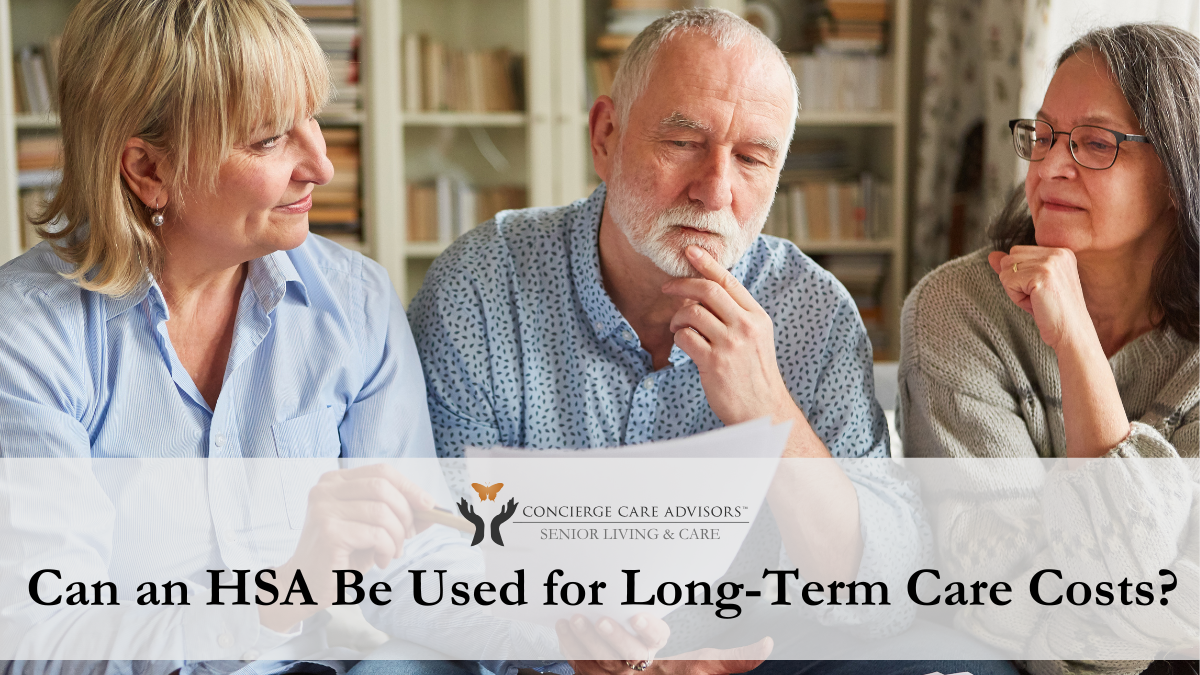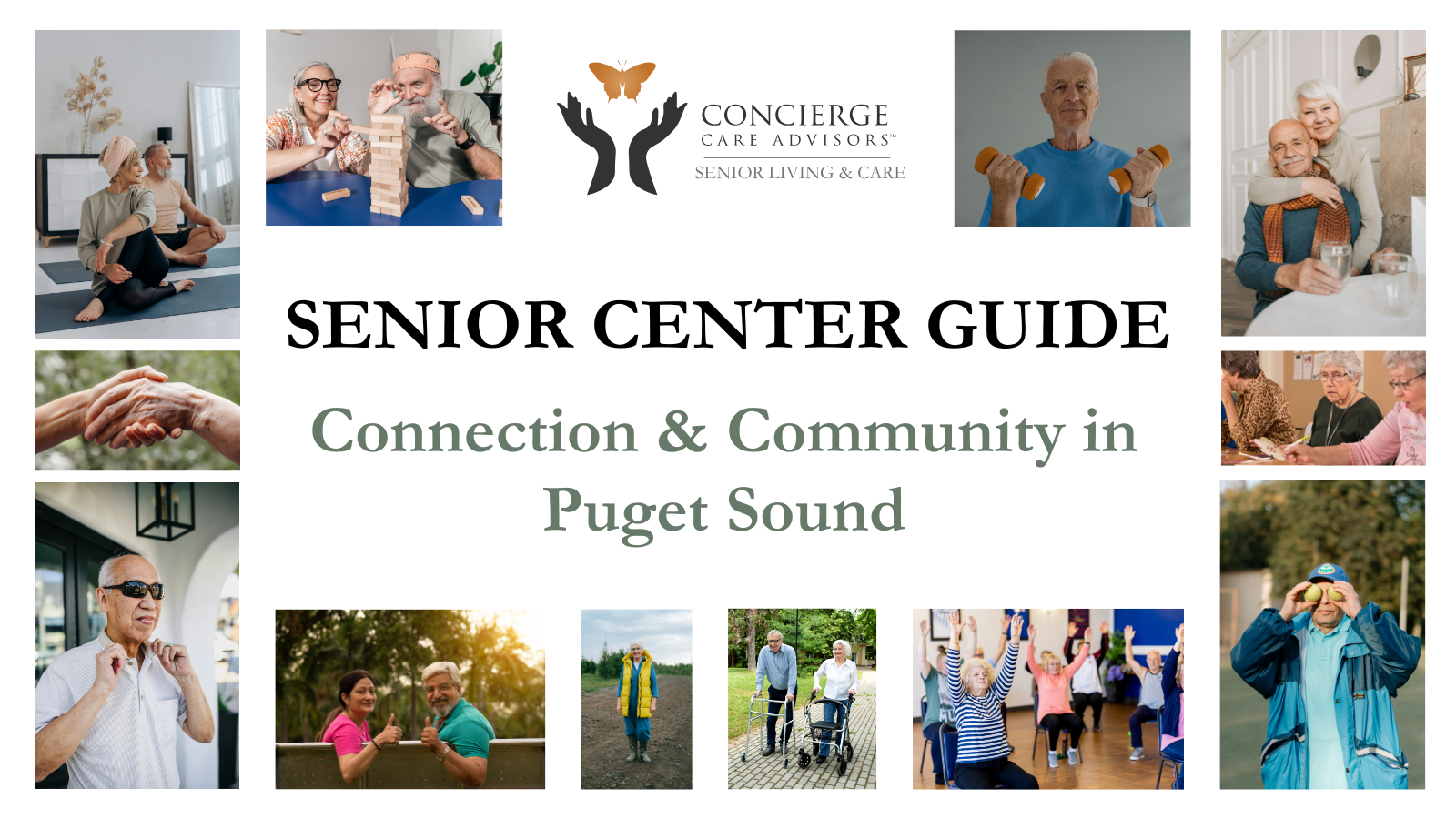Addressing the Senior Housing Shortage
What is the Quiet Crisis?
The Quiet Crisis, also known as the “Silver Tsunami” or “Age Wave,” refers to the impending retirement of the Baby Boomer generation and the overwhelming demand it will place on senior care systems. By 2025, the number of seniors in Washington and across the nation is expected to double, leaving the state unprepared to meet the demand for senior care and housing. From nursing homes in Bothell to assisted living in Burien, communities are already facing long waitlists, with some stretching over a year—a delay many seniors simply cannot afford.
1. The Growing Need for Senior Housing and Care
Washington seniors are living longer, but many face health challenges that require assistance with Activities of Daily Living (ADLs) or Instrumental Activities of Daily Living (IADLs). Communities like senior care options in Bellevue and skilled nursing care North Bend provide essential support, but the lack of available facilities could leave thousands of seniors without the care they need. The senior housing crisis in the Pacific Northwest highlights the urgency of expanding resources for aging adults.
2. Why Senior Living Communities Are Critical
Senior living communities offer safety, care, and support to prevent common injuries and health issues among older adults. Here’s how they address key challenges:
- Falls: Facilities like Normandy Park senior living communities and senior living communities in SeaTac are designed with safety features, reducing the likelihood of falls.
- Overexertion: With staff available to assist with ADLs, seniors in skilled nursing facilities Issaquah avoid the strain of tasks they can no longer perform.
- Transportation: Communities in Tacoma senior lifestyle and Edmonds often include transportation services, eliminating the risks associated with seniors driving.
These features create an environment where seniors can thrive, but the growing demand far outweighs the current supply.
3. The Health Risks of the Quiet Crisis
Without adequate housing options, seniors face increased risks of hospitalization, injury, and isolation. For those in senior care in Puyallup or seeking assisted living resources in Marysville, the lack of availability could mean prolonged waiting periods that lead to deteriorating health. Seniors who remain at home without the necessary support are more likely to suffer from falls, malnutrition, and depression.
4. Preparing for the Future
To combat the Quiet Crisis, Washington must invest in building more senior housing communities and expanding services like adult family homes and skilled nursing care in Seattle. These efforts will ensure that every senior has access to the care and resources they need, regardless of their location or financial situation.
How Concierge Care Advisors Can Help
At Concierge Care Advisors, we’re here to guide families through the complexities of the Quiet Crisis. Whether you’re looking for assisted living resources in Marysville, senior care options Woodinville, or nursing homes in Bothell, we connect you with the best options available. From navigating waitlists to finding Medicaid-friendly facilities, we help ensure that seniors in Washington receive the care and housing they deserve.
Is your family ready to navigate the Quiet Crisis? From senior care in Puyallup to skilled nursing facilities in Issaquah, Concierge Care Advisors connects you to the resources you need. Call us at 855-444-7364 or fill out this form today to ensure your loved one’s future is secure.
























